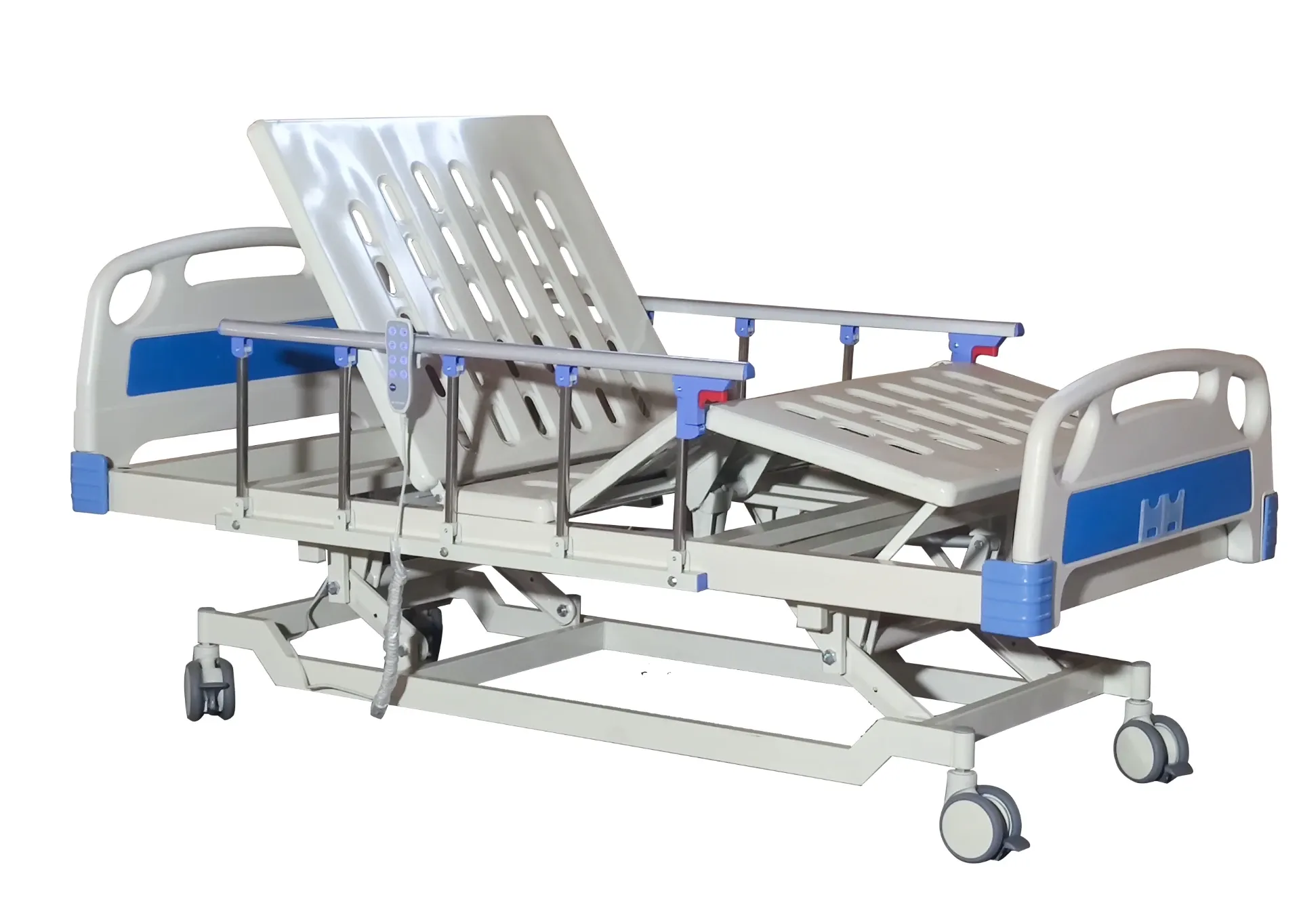Welcome to our websites!
Comfortable Chair for Patient Care in Hospital Settings
The Importance of Hospital Bedside Chairs in Patient Care
In modern healthcare settings, patient comfort and well-being have become paramount concerns for hospitals and medical facilities around the world. One often-overlooked piece of furniture that plays a significant role in enhancing patient experience is the bedside chair. More than just a place for visitors to sit, hospital bedside chairs are integral to patient care, recovery, and the overall hospital environment.
Comfort and Accessibility
Hospital bedside chairs are designed to provide patients with a more comfortable option for sitting, especially during those moments when they are not resting in their beds. These chairs typically feature ergonomic designs that promote good posture and reduce the risk of additional discomfort or pain. For patients recovering from surgery, these chairs offer the chance to engage in light activities such as reading, socializing, or even enjoying a simple meal – all essential components of recovery.
Moreover, bedside chairs also address accessibility issues. Many patients have mobility restrictions and may find it challenging to navigate a standard seating arrangement. Chairs tailored for hospital settings often come with adjustable heights and armrests, making it easier for patients to sit down and stand up independently or with minimal assistance. This feature can significantly enhance a patient’s sense of dignity and autonomy during their stay.
Promoting Social Interaction
The hospital environment can often feel isolating. Patients may spend significant amounts of time alone in their rooms, which can lead to feelings of loneliness and anxiety. Bedside chairs provide an inviting space for family members and friends to visit, fostering social connections that can dramatically impact patient morale. When loved ones are able to sit comfortably by a patient’s side, it encourages communication and emotional support, both of which are critical for healing.
Additionally, interactions with healthcare providers can be more meaningful when they take place in a relaxed setting. Nurses and doctors can sit with patients in the bedside chair, facilitating discussions about care plans, recovery expectations, and other important concerns in a more personal and engaging manner. This personal touch often leads to improved trust and satisfaction with healthcare services.
hospital bedside chair

Functional Design
Hospital bedside chairs are not only about comfort; they also prioritize functionality. Many designs incorporate wheels for easy mobility, allowing staff to swiftly move chairs as necessary for cleaning or rearranging the room. Some models are designed to be easily wiped down or sanitized, addressing the high hygiene standards required in medical settings. Chairs with built-in features, such as foldable elements or storage compartments, further enhance their utility, making them well-suited to the diverse needs of patients.
Furthermore, some hospitals are beginning to integrate technology into the design of these chairs. For instance, chairs equipped with charging ports allow patients to keep their electronic devices powered during their stay. This access to technology can help patients stay connected with the outside world, a simple yet effective way to combat feelings of isolation.
Challenges and Considerations
Despite the numerous benefits, healthcare facilities face challenges associated with the integration of bedside chairs into their environments. Budget constraints may limit the ability to acquire high-quality, versatile chairs for every patient room. Additionally, the space within patient rooms can be limited, making it essential for facilities to select chairs that maximize comfort without impeding accessibility.
Furthermore, the psychological aspect of hospital design should also be considered. Color, style, and overall aesthetics of hospital bedside chairs can impact patients’ experiences. A welcoming, visually appealing environment can play a significant role in how patients perceive their care and contribute to overall recovery.
Conclusion
In summary, hospital bedside chairs are crucial components of patient care in hospital settings. They enhance comfort, foster social interaction, and provide functional support for both patients and healthcare providers. As healthcare facilities continue to evolve, prioritizing these seemingly simple yet fundamentally important pieces of furniture can lead to improved patient experiences and outcomes. Investing in quality bedside chairs is an investment in patient well-being and signifies a commitment to compassionate care in a healing environment.
-
Transforming Healthcare with Hospital FurnitureNewsJun.24,2025
-
Rehabilitation EquipmentNewsJun.24,2025
-
Mobility and Independence with WheelchairsNewsJun.24,2025
-
Freedom of Mobility with Our Rollator WalkersNewsJun.24,2025
-
Comfort and Independence with Commode ChairsNewsJun.24,2025
-
Bathing Safety and Independence with Shower ChairsNewsJun.24,2025
-
Navigating the Wholesale Landscape of Electric Mobility Solutions: Key Considerations for Power Wheelchair DealersNewsJun.10,2025











